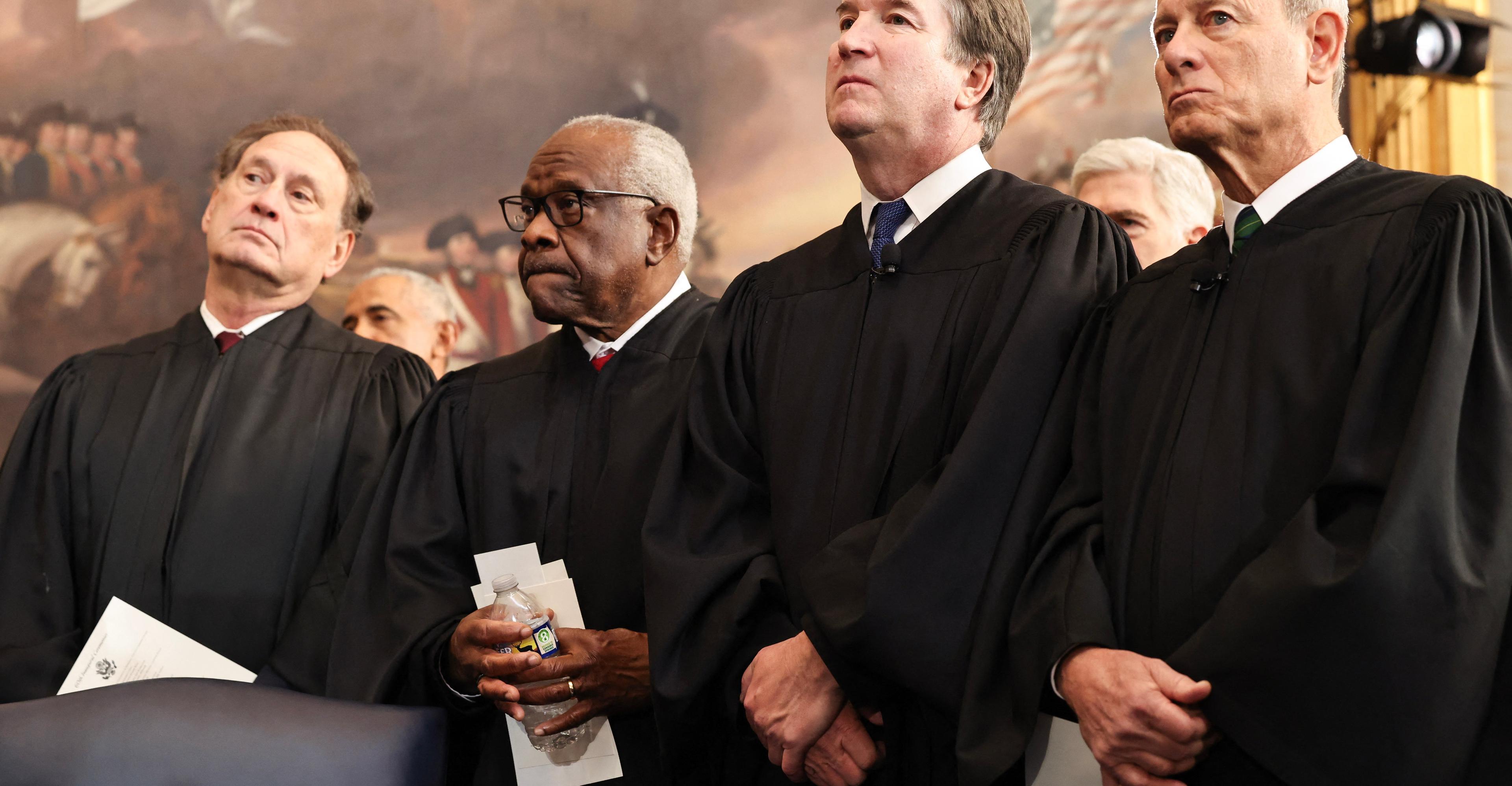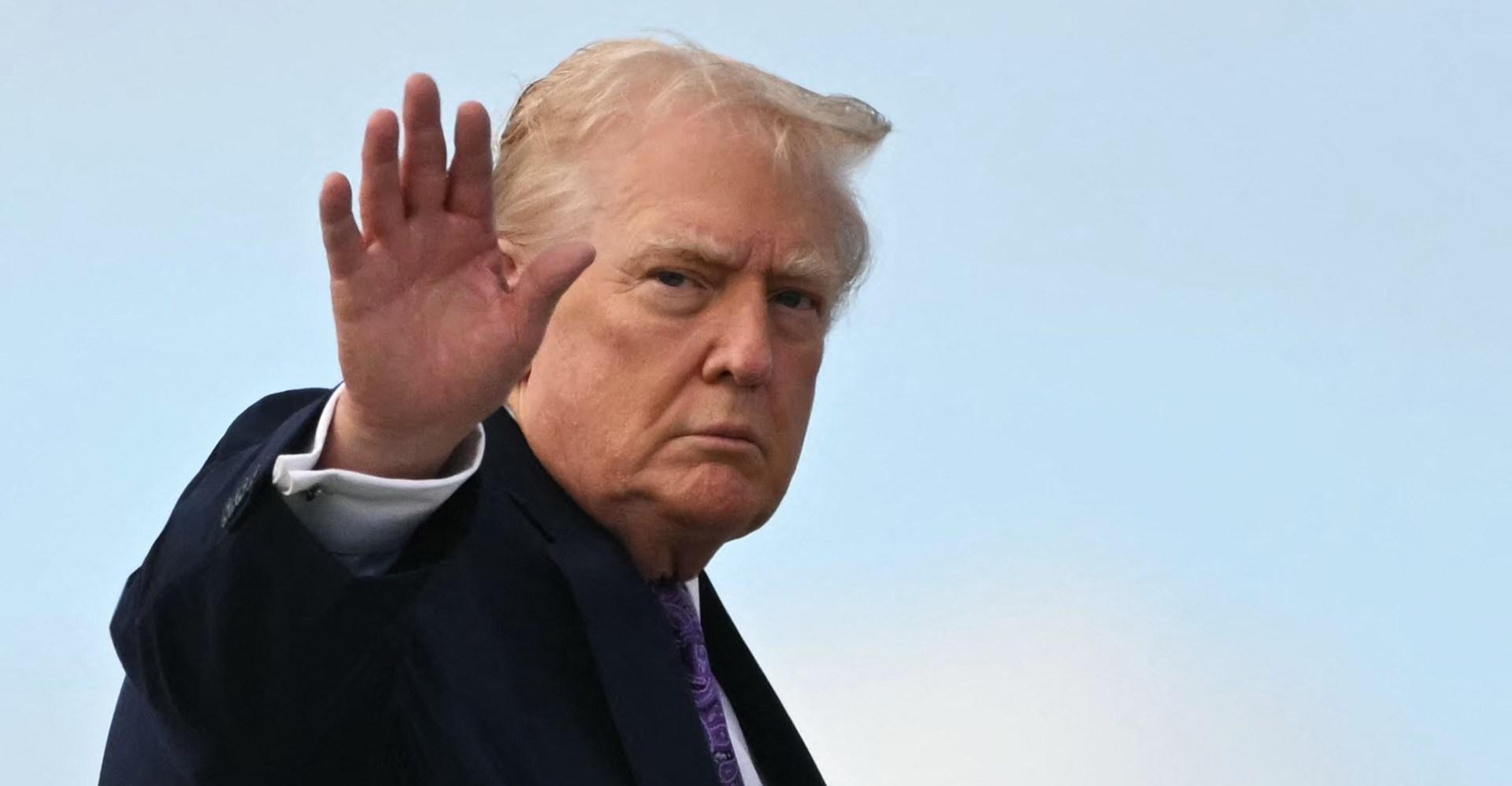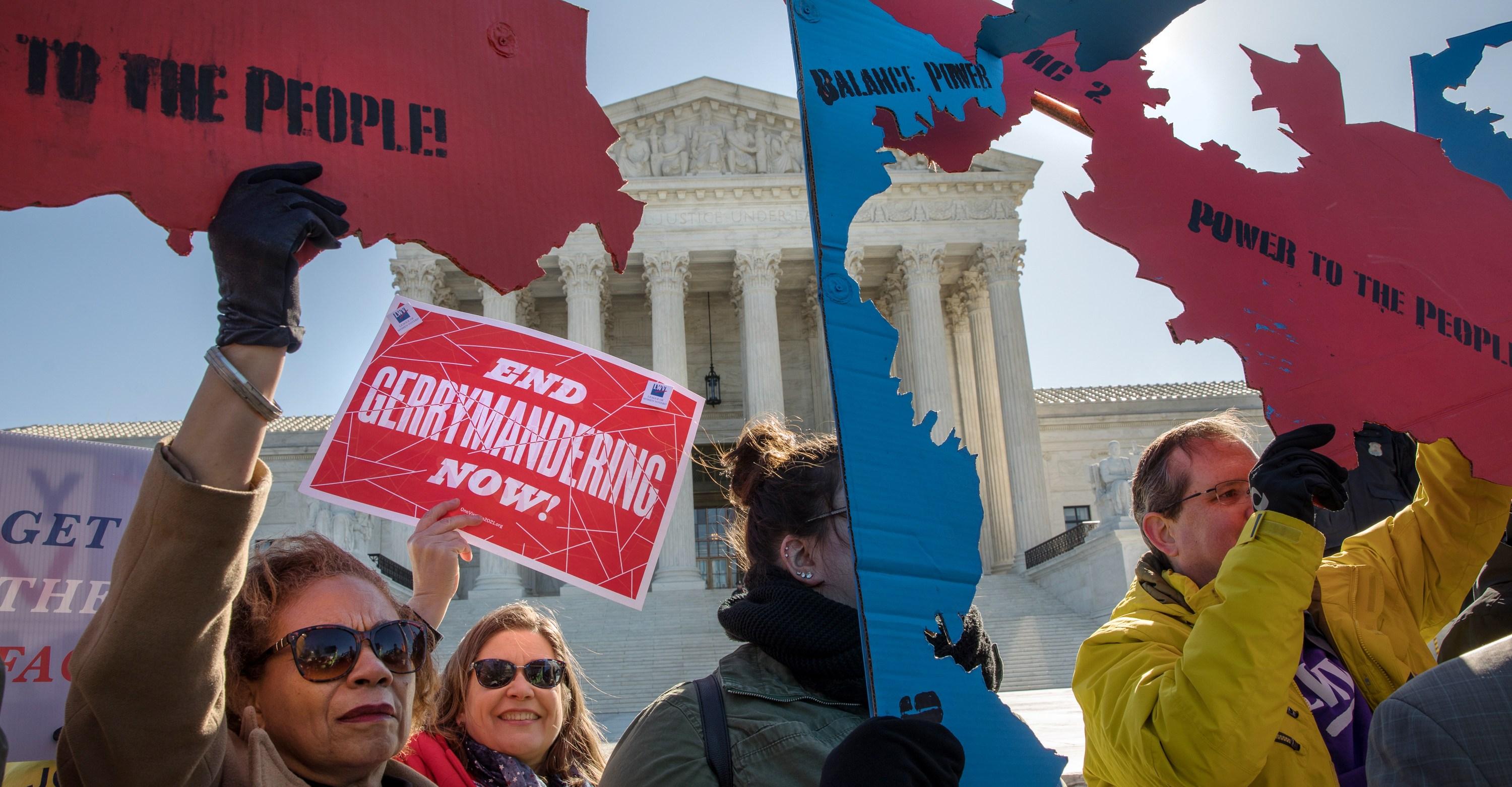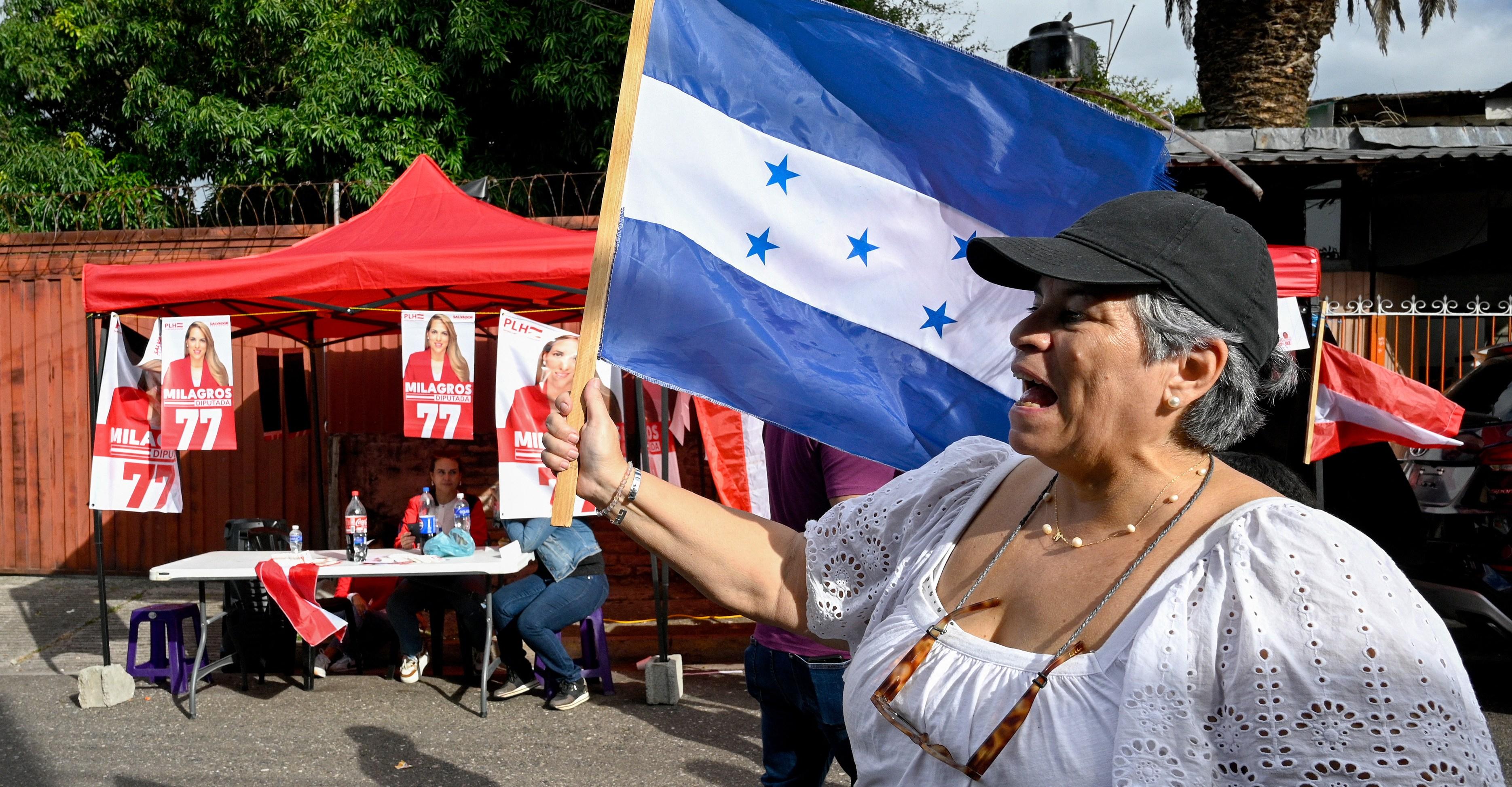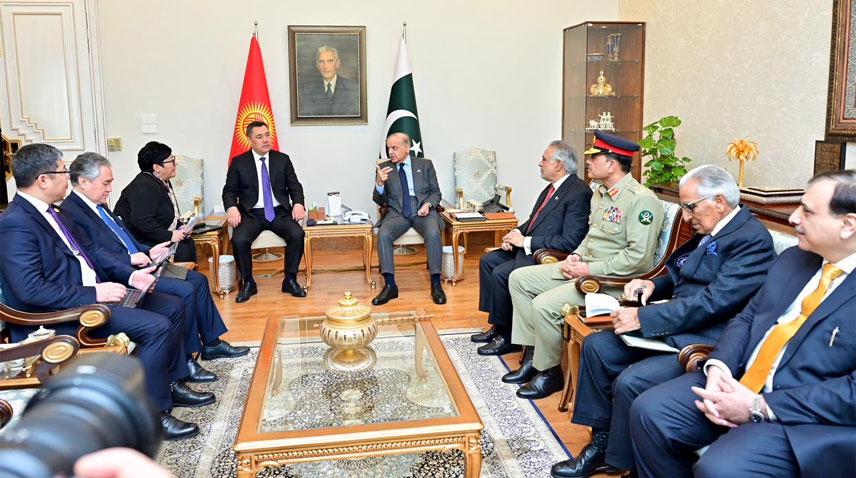The last time Kamala Harris ran a campaign for the presidency, she dropped out of the contest before a single vote was cast. After launching her bid in Oakland, California, in front of a crowd of 20,000 supporters in January 2019, she campaigned for 310 days …

Published ایک سال قبل on جولائی 11 2024، 12:00 شام
By Web Desk

The last time Kamala Harris ran a campaign for the presidency, she dropped out of the contest before a single vote was cast. After launching her bid in Oakland, California, in front of a crowd of 20,000 supporters in January 2019, she campaigned for 310 days before dropping out of the contest. At the time she left the race, she was polling at 4 percent or lower in polling aggregates — a complete flop. It was a stunning result: Harris had been seen as a rising star for most of her years campaigning for and legislating in the Senate, questioning Trump administration officials, and was viewed as the possible future of the Democratic Party as she prepared for a presidential bid. She didn’t get close to the nomination in 2020. Now, due to the unprecedented weirdness of the 2024 cycle, she’s as close as she has ever been. President Joe Biden is under strong pressure to drop out of the race, but so far, has vowed not to do so. If that changes, Harris appears most likely to replace him atop the ticket. But would a Harris-led ticket give Democrats a better shot at beating Donald Trump? What can we learn from 2020 that informs us on how she’d fare in 2024? And would the factors that held Harris back in 2020 likely still plague her this time around? For answers, we can look back to that failed 2020 primary run to see what happened. Three causes stand out. - Harris and her team were uncertain over which ideological path to take, especially as the Democratic Party shifted hard to the political left. - Her campaign operation was chaotic and advisers were often divided, changing the campaign’s direction repeatedly. - The Democratic base wasn’t convinced by her arguments about electability — and she missed her moment once real-world factors like fundraising, media coverage, and polling caught up. These reasons are specific to 2020, but contrasting them to today’s situation shows how much Harris, the Democratic Party, and the nation have changed. Theory 1: Harris wobbled ideologically, tacking to the left before trying to pivot to the center Soon after launching her campaign, Harris immediately shot into the top tier of Democratic presidential contenders. Her record and reputation as a senator, attorney general, and prosecutor in California all set her up to occupy a lane of law-enforcing crusader against then-President Donald Trump (who, if you remember, was being investigated by special counsel Robert Mueller and about to face an impeachment inquiry for his attempts to elicit electoral interference from Ukraine). Yet from the start she declined to carve out a strong ideological identity — either progressive or moderate — or defining policy at a time when those ideological labels and consistency were all the rage within the Democratic Party. “I’m not really into labels. For me, I come at issues through the lens of how it actually impacts people,” Harris told the New York Times back in July 2019, reflecting on how she thinks about herself ideologically. “Policy has to be relevant. That’s my guiding principle … there are tests that I have for the relevancy or the significance of policy, but it’s not an ideological test.” This standard quickly became a problem for her. She wasn’t able to rally the support of discrete segments of the Democratic Party’s primary electorate, nor was she able to unite voters around one defining policy priority or convince them she could be consistent. A clear example comes from the Democratic presidential primary’s focus on health care policy. Left progressives like Sens. Bernie Sanders of Vermont and Elizabeth Warren of Massachusetts championed their own versions of Medicare-for-all. Moderate centrists like former mayor Pete Buttigieg and then-former Vice President Joe Biden were able to advocate for expansions of Obamacare or slimmed down versions of government-sponsored health care. Harris, meanwhile, was in a “no person’s land” to the left of the centrists and to the right of the leftists. She first endorsed Sanders’s bill — then turned away from it when the plan’s proposal to eliminate private insurance and replace it with government-sponsored coverage faced pushback from labor unions and other Democratic constituencies. She was sharply criticized for the change on the primary debate stage and in public appearances — and reporters covering her at the time noted that this was an example of Harris’s lack of experience on policy details, compared to the other candidates in the field. A similar dynamic emerged when the primary race turned toward criminal justice reform. Harris had a deep background in law enforcement: someone who built her career in the Bay Area thinking about quality of life, public order, policing, and crime. But in the Democratic Party of 2019, pushing tough-on-crime policies — or defending the power of the state to crack down on crime — were not popular positions to have, especially during the early part of the campaign when she was trying to appeal to progressives. She was pilloried for this prosecutorial past: excerpts from her books, old interviews, and spotlights on her support for legal reforms that ended up jailing mothers in California all worked to make her unpalatable to progressives. So she ran away from this history instead of trying to defend it. As Matt Yglesias pointed out last year, this may have been a mistake. What she actually wrote about in her book on crime and criminal justice was much more nuanced, Yglesias writes: > Harris is a progressive in the sense that her work is informed by progressive values, like funding social services and assisting the most vulnerable. But she is also a true believer in the power and value of coercion. She pairs her concern for addressing root causes with a focus on compliance and making sure people follow the rules. > When she does advocate for more de-carceral efforts — a program called Back on Track “and other diversion programs aimed at first-time offenders around the country” — it’s restricted to very limited measures for non-violent offenders with no record. Elsewhere she writes that “there can be no backing off the arrests and prosecutions of these violent offenders,” calling for realism about the fact that most violent crime charges aren’t murders and the offenders do eventually get out of prison. By the time she began to embrace this more moderate prosecutorial persona — her new slogan in the fall of 2019 was “justice is on the ballot” — she had already begun to slide in the polls, was running out of cash, and was losing support to the clearer centrists in the field: Biden, Buttigieg, and Sen. Amy Klobuchar of Minnesota. Theory 2: Her internal campaign structure was chaotic, divided, and inefficient Feeding the problems with this external imbalance was an imbalance within her staff and the people advising her. Plenty of ink was spilled in 2019 documenting the infighting among Harris’s senior staff, and that reporting essentially confirmed two parallel power centers, often at odds with each other. One, led by then-campaign manager Juan Rodriguez, was essentially responsible for the day-to-day running of the campaign’s operations. Buoyed by other senior advisers from a powerful California-based political consulting firm that had aided Harris in previous statewide races, they had proposed national and early-primary state strategies that called for Harris to assemble a pitch to as wide a coalition of Democratic primary voters as possible. Opposite him was Harris’s own sister, Maya, the campaign chair with a progressive-minded vision. The two reportedly clashed frequently, giving conflicting advice to Harris and to staffers under them. It was reportedly Maya’s own advice that pushed the future-vice president into a more progressive direction earlier on, as well as to disavow parts of her prosecutorial past. Harris’s sister didn't comment at the time. Rodriguez, meanwhile, downplayed divisions in statements, saying the campaign was a “long and arduous” task, but that they were “all united in our commitment to making sure Kamala is the nominee to take on Donald Trump and win ... Maya, I, and the rest of the amazing team are pouring our heart and soul into winning this campaign.” And that division bled into the rest of her campaign, according to reporting at the time — and worsened material problems the campaign would end up facing. Theory 3: Reality came crashing in before she could convince people about her electability Harris herself blamed a combination of real-world problems when announcing that she was suspending her campaign. “I’ve taken stock and looked at this from every angle, and over the last few days have come to one of the hardest decisions of my life. My campaign for president simply doesn’t have the financial resources we need to continue,” she said in a blog post in December 2019. “I’m not a billionaire. I can’t fund my own campaign. And as the campaign has gone on, it’s become harder and harder to raise the money we need to compete.” By that point in the campaign, she had slid from top-tier candidate to polling in the single digits. The press was hounding her and her campaign staff. Negative stories about infighting, about her lack of vision, about her flip-flopping on policy, were steadily streaming out into the world. She was running out of money — not airing a single ad for three months in Iowa, the state that her campaign had pivoted its attention toward instead of her original focus of South Carolina — and had finally walked back on a commitment to resist Super PAC funding. That lack of funding led her campaign manager to lay off staff across the country, including in New Hampshire, the second early primary state. And polling showed that Harris was likely to lose California, which, along with South Carolina, had been the two states the campaign was betting on to propel Harris to the nomination. By this point, other candidates had either dropped out or joined the race. Other leading candidates, like Sanders, Biden, Buttigieg, and Warren, had solidified the support of various moderate and progressive bases in the early primary states. And Harris had been unable to win the argument about “electability” — beating back concerns about her race and gender among voters of color in states like South Carolina and Nevada, being unable to compete in New Hampshire because of money troubles, and failing to win the support of white voters in Iowa, who had rallied behind Buttigieg and Sanders. All this ended in an unceremonious end: Harris dropping out of the race before a single primary contest. Would this affect her in 2024? Stepping back, at least two of these explanations are uniquely 2020 problems: infighting among her staff over how to win a presidential primary, and material problems that limited her ability to compete seriously once primary voting started. She would inherit Biden’s war chest, avoiding legal obstacles that might limit the Democratic National Committee and Biden’s campaign’s ability to pass on access to money to someone else. She would theoretically have Biden’s support. And at a time when Biden’s own electability is the fundamental question, any discussion about Harris’s own “electability” — itself coded language about the ability of a woman of color to win a national contest — is a bit moot. As for the question of her ideological and policy direction — as I’ve written before, Harris’s vice presidency has forced a gradual sharpening of her own priorities. Those include reproductive and abortion rights, voting rights, and appeals to young people and voters of color, which she has made by talking about affordability and the economy. She has evaded many of those ideological questions during her vice presidency because of the nature of her office: to support and boost Biden’s agenda, while taking on assignments as seen fit. In leading the ticket, she’d be able to highlight the pragmatic parts of their achievements and accomplishments — and set new priorities based on her own experiences in office. For now, this is still deeply hypothetical. Biden has said repeatedly that he’s not dropping out, and — at least for now — most lawmakers are publicly standing by him. And if he were to drop, Harris would inherit plenty of new challenges: Running an abbreviated race with little time to prepare, close ties to an unpopular incumbent, and a MAGA alliance that would throw at her everything it has. (Indeed, the attacks are already starting.) But since 2020, both the circumstances and the candidate have changed, and the factors that made that run such a flop wouldn’t necessarily hold her back this time around. Taking over for a candidate who just debated himself out of the race would not be anyone’s ideal for how to enter a contest with Trump. But at this point, Democrats left “ideal” behind a long time ago.
Pakistan urges India to promote environment of tolerance
- 8 گھنٹے قبل
Early bets for Week 14: Bears cover at Green Bay, Cowboys have edge on Lions
- 12 گھنٹے قبل

Gold prices surge in Pakistan, global markets
- 12 گھنٹے قبل

Book launch ceremony held at Vision College of Leadership Lahore
- 11 گھنٹے قبل

Netflix in exclusive talks for Warner Bros Discovery studio, streaming assets, source says
- 12 گھنٹے قبل
Putin and Modi discuss trade, peace in New Delhi summit
- 12 گھنٹے قبل
Pakistan, ADB sign three significant projects
- 6 گھنٹے قبل
Free agents: Kyle Monangai, Bam Knight are essential pickups
- 12 گھنٹے قبل
Nothing above state; one man says ‘if not me, then nothing’: DG ISPR
- 12 گھنٹے قبل
Apple, Google send new round of cyber threat notifications to users around world
- 8 گھنٹے قبل

ATC extends interim bail of Aleema Khan, Uzma Khan in Oct 5 protest case
- 8 گھنٹے قبل
Australia’s Hazlewood suffers fresh injury setback
- 12 گھنٹے قبل
You May Like
Trending

